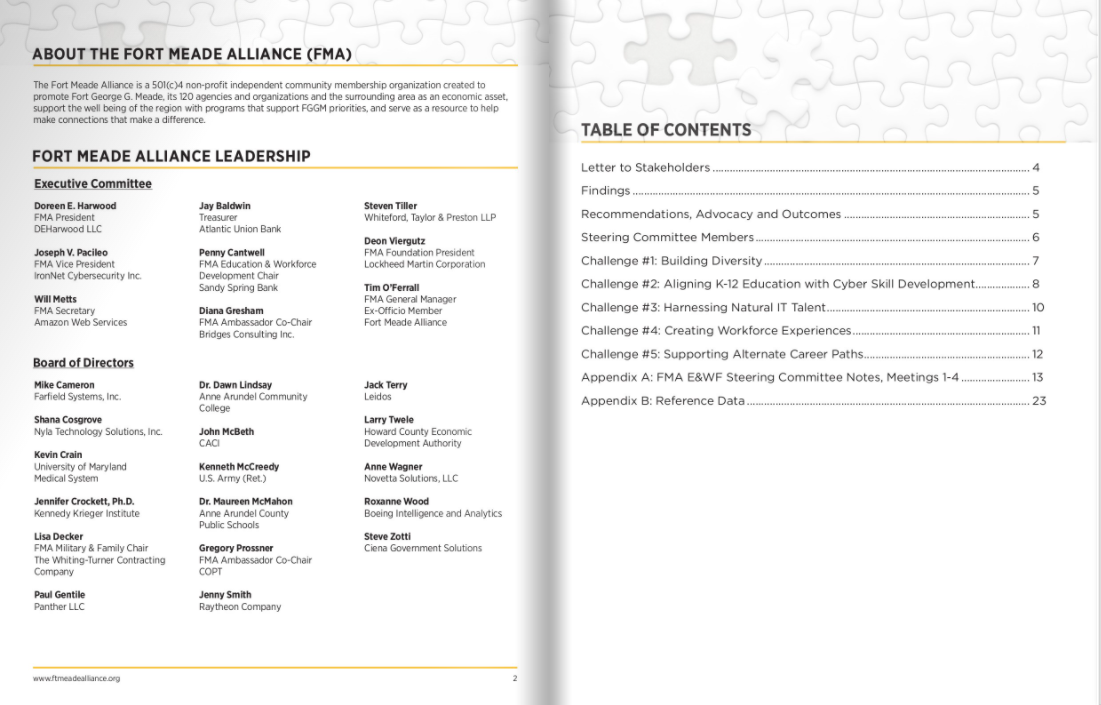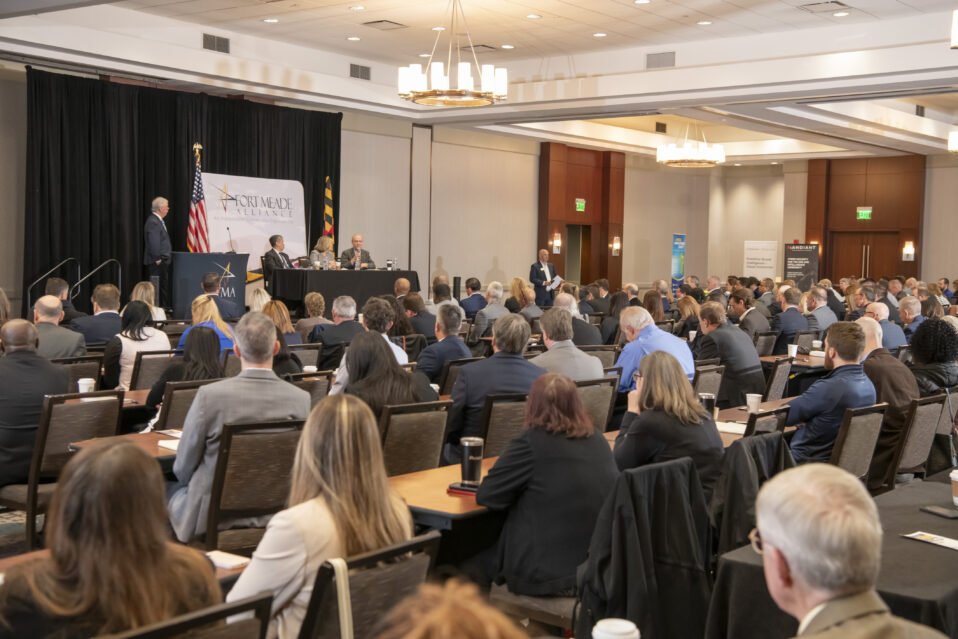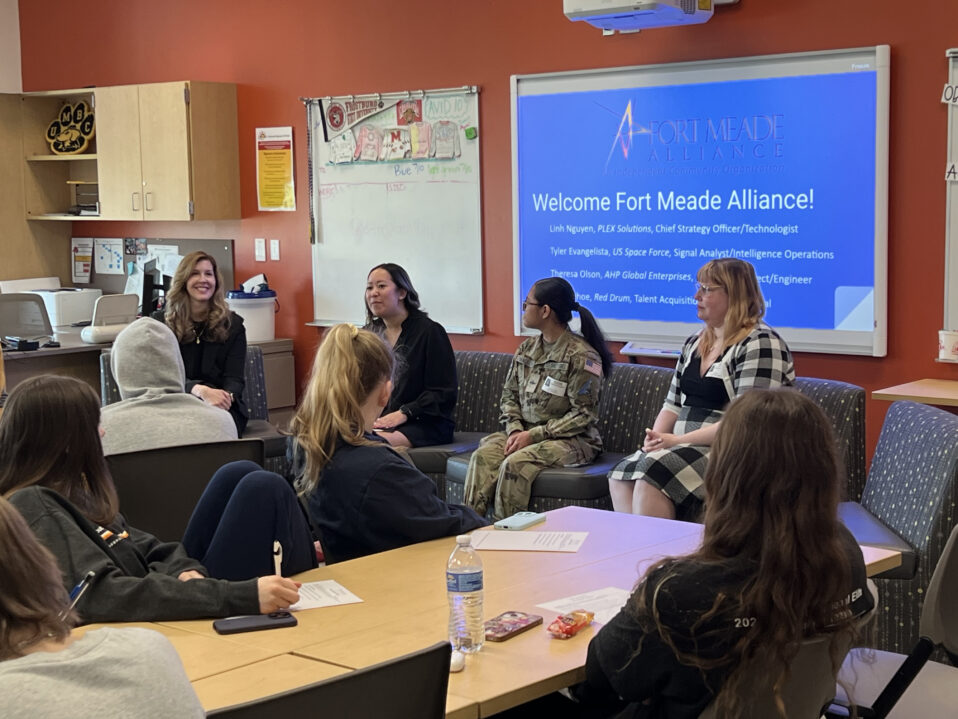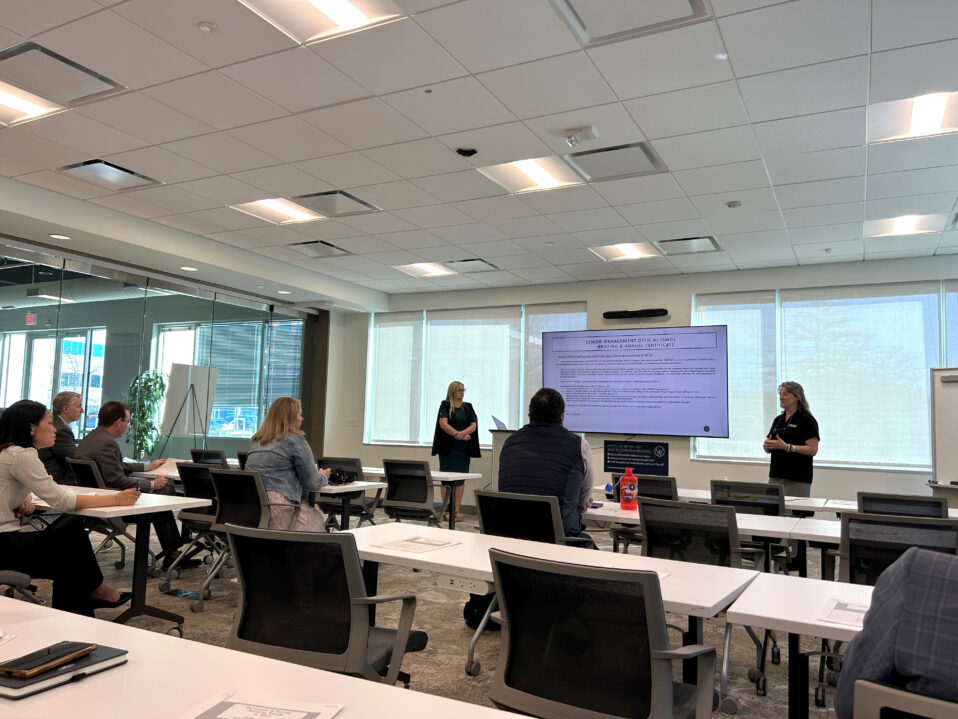 From code-breaking exercises, robotics competitions and encounters with space telescopes, STEM professionals provide grade school students with intriguing, hands-on learning experiences and exposure to a spectrum of career opportunities.
From code-breaking exercises, robotics competitions and encounters with space telescopes, STEM professionals provide grade school students with intriguing, hands-on learning experiences and exposure to a spectrum of career opportunities.
Increasingly, educators and STEM thought leaders believe that inquiry-based learning and those career exposure experiences need to happen in younger grades and connect with a more diverse array of students. Expanded STEM experiences in elementary and middle school, they say, are essential to helping students overcome obstacles to learning math and science, and to discover careers that might be exciting to them. Such an effort could also be essential to meeting growing workforce needs for cyber and other STEM professionals, particularly in the Fort Meade region.
In 2020, the FMA white paper “Top Challenges in Acquiring CS/IT Talent in the Fort Meade Region” identified two of the top five challenges as “aligning K-12 education with cyber skill development” and “building diversity” in the cybersecurity/information technology workforce.
Through its K-12 Outreach Presentations, the National Security Agency is working to address those challenges. Presentation topics range from cryptanalysis, cyber safety, Pascal’s Triangle and “Manipulating Math” to the “Marshmallow Tower Challenge,” “How to Think like a Computer” and “Fractals: The Art of Math.”
“NSA’s K-12 academic outreach programs provide enrichment activities that demonstrate real-world connections in the regular school curriculum. They are designed to inspire student interest in STEM concepts and, as they get older, careers in STEM and cyber fields,” said David Hyde, NSA’s Director for Industry and Academic Engagement.
NSA tailors its presentations for students as young as Grade 3, Hyde said, because “the elementary and middle school years are crucial for building the foundational skills necessary to be lifelong learners. Creativity, critical thinking, problem-solving, collaboration and engineering design concepts, as well as basic math and science skills and the ability to use technology effectively, are necessary building blocks students need to prepare themselves for later academic coursework that can lead to a career in STEM. If a student struggles with these skills early in their academic experience, they may decide they are not good at that subject and give up.”
By getting involved with grade schools, STEM professionals can help students overcome fears of or aversions to math and science.
In elementary school, most teachers don’t have extensive math and science backgrounds so STEM professionals can provide the valuable service of showing students how they can explore the world around them by using math and science.
By presenting young students with fun challenges, “professionals bring their own curiosity and inquisitiveness into the schools. They will talk about how math is cool and how learning math and designing solutions are things that anyone can do,” said Maureen McMahon, Deputy Superintendent of Anne Arundel County Public Schools. “In this country, math and science are regarded as the harder disciplines so other adults in those children’s lives may not have said that anyone can do this. But STEM professionals can engage with students, encourage them to believe they can do these things and create a ‘Little Engine that Could’ effect.”
In middle school, professionals can expose students to the sheer fun of using math, science and technology in activities and make them aware of related career opportunities. That’s best achieved in clubs and other co-curricular activities “because that’s where academics and fun mix,” McMahon said. “Professionals come in with their stories of working on Lockheed Martin’s exoskeleton or on a piece of equipment that NASA put into space. They may bring YouTube videos or pieces of technology and an activity for the kids to engage in. You see kids’ eyes light up.”
That engagement with young students is especially important with populations that are underrepresented in the STEM fields, said Sharron Gatling, Diversity Officer for the Space Telescope Science Institute.
Located near the Homewood campus of Johns Hopkins University, the institute organizes presentations and activities for grade school classes and operates the Youth for Astronomy and Engineering Program. Serving mostly Baltimore City and Baltimore County students, the institute puts special emphasis on ensuring that girls, students of color, children of low-income families and immigrant families receive both STEM educational experiences and the clear message that they are equally capable of pursuing STEM careers.
“Research shows that in order to get girls and students of color interested in science you have to start that engagement as early as third grade and you have to continue to feed their excitement about STEM,” Gatling said.
Some K-12 educators still subtly uphold old beliefs about girls being better at certain subjects, such as language arts, and “unconsciously steer them towards those subjects and not towards math and science,” Gatling said.
Girls and students of color often lack role models in STEM fields. Consequently, recruiting young female professionals and STEM professionals of color to deliver presentations, lead student activities and serve as mentors can have impact in the range of students that will decide to pursue STEM career opportunities, she said.
Industry involvement with schools can expand the potential STEM workforce in other ways.
One shortcoming with current STEM outreach programs is that “often you are connecting with kids who are already interested in STEM or have parents in the field so they are exposed to STEM career options. We need to connect with more non-traditional students who are not thinking about STEM but might be a good fit for STEM careers,” said Kirkland Murray, President and CEO of Anne Arundel Workforce Development Corporation.
Some technology companies have concluded that some great new hires come from non-traditional fields. Caitlin Broccoli, Education and Workforce Manager for the Fort Meade Alliance, recalled an instance of a tech company recruiter who went to a university career day looking to interview theatre arts majors. The recruiter had determined that many of those students possessed the key skills he was looking for – the ability to work in a team, adaptability, problem solving and communication, Broccoli said.
“People sometimes think too narrowly in terms of jobs rather than looking at the set of skills they have gained and how they can apply them to many different jobs,” she said.
“Similarly, a Whiting-Turner Contracting Company presentation at Tech Mania proved especially effective with non-traditional students,” she added. “Whiting-Turner created a construction/design activity in the software, SketchUp. The Foundations of Art students at Glen Burnie High School used the same software to create a project in this art course and some of the students discovered that they could excel at a STEM challenge and they enjoyed it.”
Those kinds of STEM activities are akin to “hiding the medicine in the peanut butter,” Murray said. “But that kind of outreach effort exposes kids to cool STEM activities and suddenly even some kids who say they are not good with math or they’re not interested in science, are having fun doing STEM. Once you show how those subjects relate to cool, fun jobs, then the kids get more interested in the algebra course.”
Maryland schools, Murray added, will need even more industry engagement beginning in July 2023 when the Blueprint for Maryland’s Future (the sweeping schools legislation passed in 2021) mandates that workforce development boards begin delivering expanded career exploration services to middle and high schools.
White Paper Identifying Challenges
In April 2019, the FMA charged the Education and Workforce Committee to form a Steering Committee comprised of Senior Executives from across industry sectors to author a white paper that identifies the challenges of acquire talent in cyber.
TOP FIVE CHALLENGES TO ACQUIRING IT TALENT
Five key challenges to expanding the cybersecurity/information technology workforces were identified after nearly a year of research.




